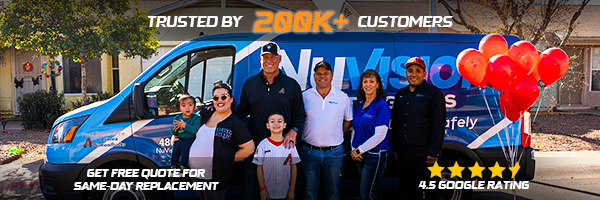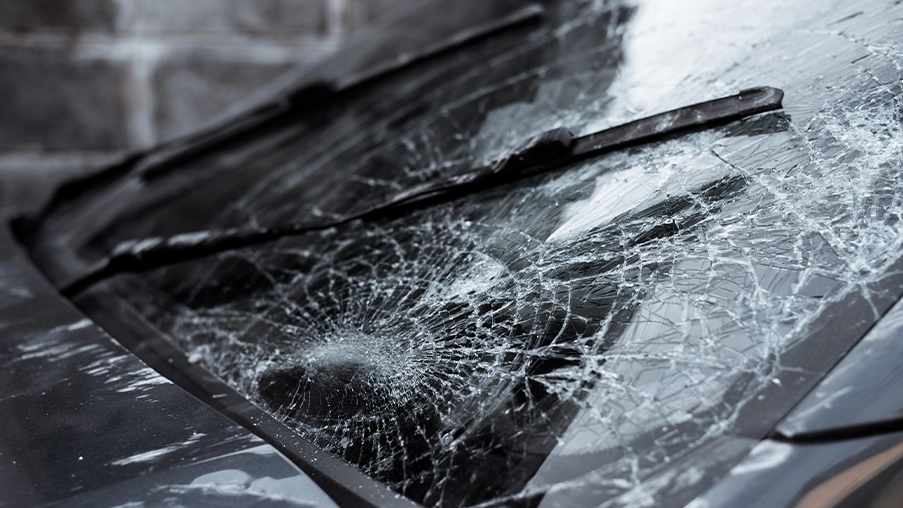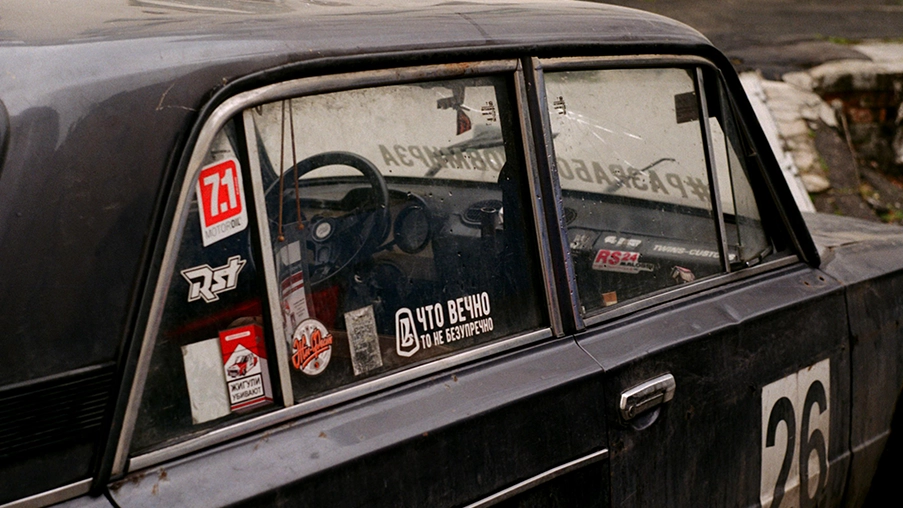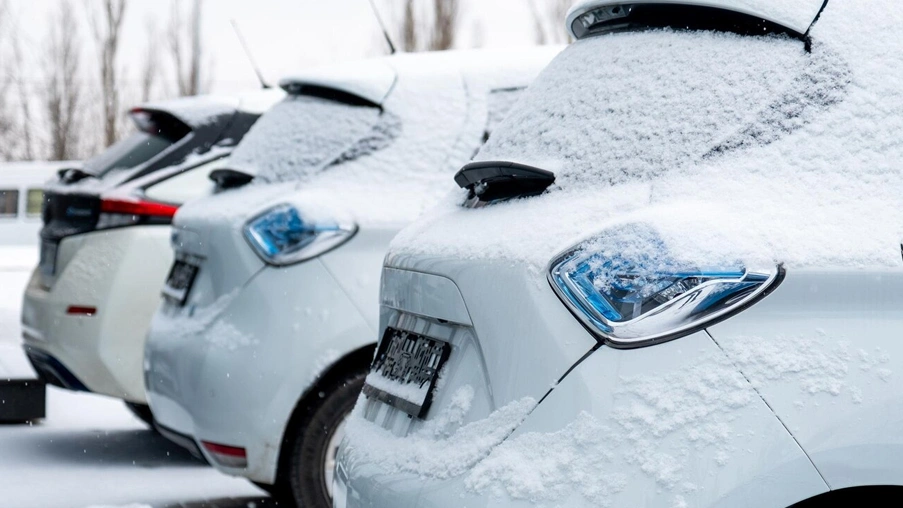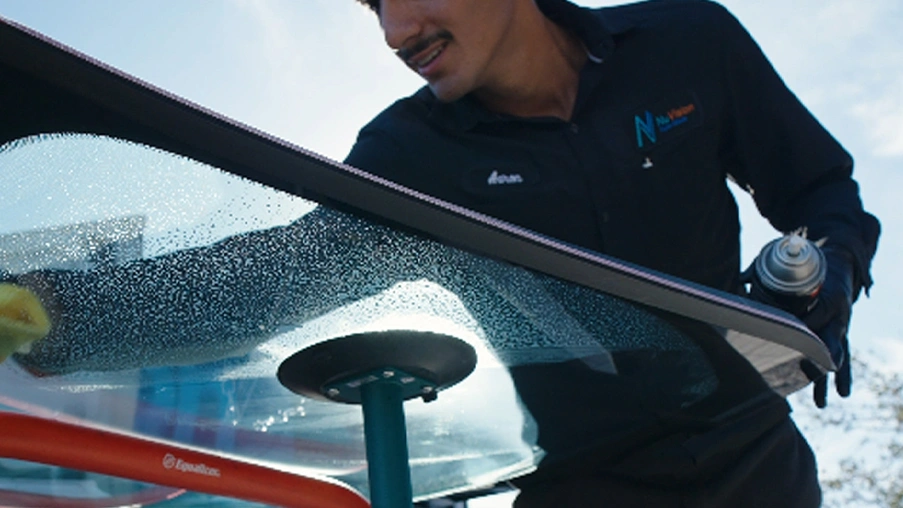Windshield Shattered? Here’s What You Need to Do Next
February 19, 2025
What would you do if your windshield suddenly shattered while driving? A broken windshield can happen without warning. A rock, accident, or sudden pressure change can cause the glass to crack or break completely. Driving with damaged glass is risky. It blocks vision, weakens car structure, and can cause injuries.
- Rocks or debris hitting the glass
- Sudden temperature changes causing cracks
- Accidents or collisions
- Hailstorms or extreme weather
- Poor-quality glass installation in older repairs
Step 1: Slow Down and Stop Safely
A sudden windshield break can be shocking. Keeping control of the car is the most important action.
- Reduce speed slowly instead of braking hard.
- Look for a safe area to stop, such as a parking lot or the side of the road.
- Turn on hazard lights to warn others.
- If on a highway, move far from moving traffic before stopping.
Stopping in a safe place helps avoid accidents and allows time to check the damage.
Step 2: Check for Injuries
Glass can cause cuts, and a strong hit can injure people inside the car.
- Look at your hands, face, and arms for any wounds.
- Ask passengers if they feel pain or see any bleeding.
- If someone is hurt, use a clean cloth to press on the wound.
- Call emergency services if there are serious injuries.
Checking for injuries first makes sure proper care is given before handling the windshield problem.
Step 3: Protect Yourself from Glass
A broken windshield leaves sharp edges and tiny glass bits inside the car. Touching broken glass without care can cause more harm.
- Avoid touching or picking up glass with bare hands.
- Wear gloves or use a thick cloth if moving large pieces.
- Shake off clothes to remove tiny glass bits.
- Keep kids and pets away from broken areas.
Making sure no one gets hurt from loose glass is important before moving forward.
Step 4: Inspect the Windshield
Looking at the windshield helps decide if driving is still possible or if towing is needed.
- Check if cracks are small or if the glass is fully shattered.
- Look for loose parts that may fall while driving.
- If the windshield is gone, wind and dust will enter the car, making driving harder.
A cracked but still attached windshield may allow short travel. A completely broken one means the car must stay parked until fixed.
Step 6: Use a Temporary Fix If Necessary
If driving a short distance is required, a quick fix helps keep dust and wind out.
- Wear safety glasses to protect eyes from flying debris.
- Cover the broken windshield with clear plastic and tape.
- Drive slowly to avoid pressure on the damaged glass.
- Stay on side roads instead of busy streets.
Temporary solutions help for a short time but are not permanent.
Step 7: Contact a Repair Service
A windshield must be fixed by experts to make sure it is safe.
- Search for local windshield repair services.
- Ask if they offer mobile repair where they come to your location.
- Request cost details before deciding on service.
- Choose a provider that uses strong, high-quality glass.
Getting professional help prevents further windshield issues in the future.
Step 8: Check If Insurance Covers the Damage
Some car insurance plans pay for windshield replacement. Checking your coverage can save money.
- Call the insurance company to report the damage.
- Ask if repairs are covered fully or if you need to pay a part.
- If covered, follow their process to file a claim.
- Use an approved repair shop if required by the insurer.
Using insurance, if available, can lower repair costs.
Step 9: Prevent More Damage Before Repair
If a replacement cannot be done immediately, protect the car from further harm.
- Park in a garage or covered space to avoid rain and dust entering.
- Use a tarp or thick cloth to cover the windshield gap.
- Avoid roads with loose gravel or high wind pressure.
Keeping the car safe until repair stops more problems from happening.
Step 10: Follow Legal Rules on Windshield Damage
Driving with a damaged windshield may break traffic laws in some areas.
- Some places allow small cracks but not large breaks.
- Driving with poor visibility can result in fines.
- Laws may require fixing the windshield before using the car again.
- Check local traffic rules before deciding to drive with a damaged windshield.
Avoiding legal trouble saves money and prevents accidents.
Step 14: Know When to Replace Instead of Repair
Some cracks can be fixed, but others need full replacement.
- If a crack is longer than a credit card, replacement is better.
- Deep cracks that reach the inside layer of glass must be replaced.
- If the windshield has multiple cracks, repair will not hold.
- A replacement is needed if glass pieces have fallen out.
A new windshield keeps the car safe and strong.
Step 15: Plan for Windshield Replacement Cost
Windshield replacement prices depend on the car type and glass quality.
- Basic cars may cost between $100 and $400.
- Luxury or special windshields cost more.
- Some repair shops offer installment payment plans.
- Using insurance can lower costs if covered.
Planning for repair costs helps avoid delays in fixing the windshield.
How to Prevent Future Windshield Breakage?
- Keep a safe distance from large trucks that kick up rocks
- Avoid extreme temperature changes, such as pouring hot water on a frozen windshield
- Drive carefully on gravel roads
- Replace wiper blades regularly to prevent scratches
- Park under shade to protect from sun damage
